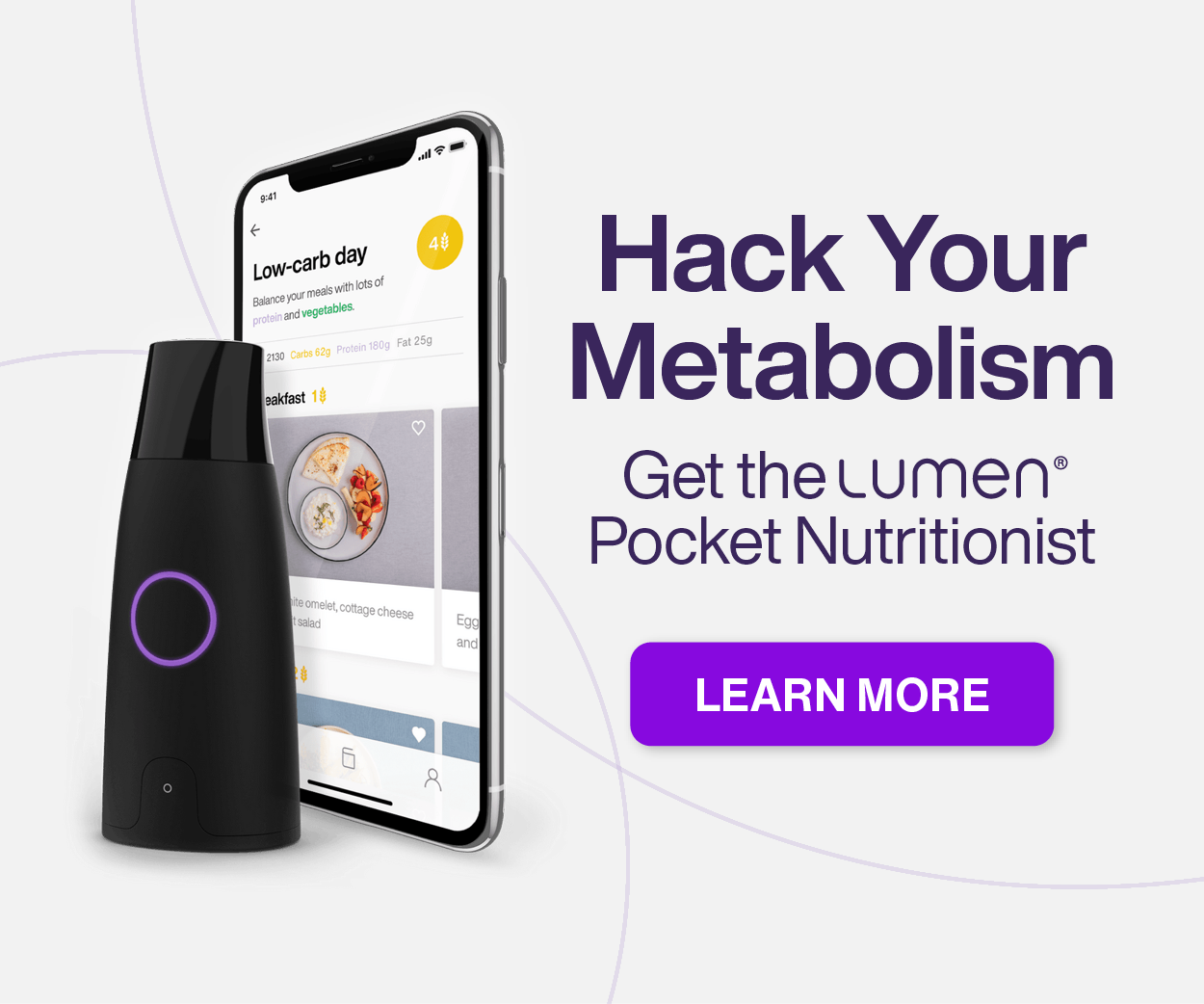By: Stephanie Heino
 It might sound counterintuitive, but calorie counting is not everything when it comes to weight loss. It has been discovered that there is a hidden key to shedding pounds, and it’s got little to do with calories or willpower, ladies (although this still plays a big role, of course!). It is time to talk about your hormones, and the surprising effect they have on your weight. Whether it’s your period, menopause, stress or pregnancy, women have felt vulnerable to hormonal cravings and sluggish metabolisms for years. Now science is uncovering several links between female hormones, hunger, weight loss and fat metabolism. And in fact, evidence suggests that taking advantage of female hormones may help you to manage your weight, shape, and appetite. Hormones are the chief executives of the body, managing everything: our sex lives, our stress lives, our immune response. Research has implicated hormonal imbalance in everything from breast cancer to short-term memory loss — as well as what we eat, why we eat it, and what happens to the body once the food is in our body. Which means that when you picked up that oreo, you weren’t just having a weak moment, you were actually a slave to your internal managers – the hormones.
It might sound counterintuitive, but calorie counting is not everything when it comes to weight loss. It has been discovered that there is a hidden key to shedding pounds, and it’s got little to do with calories or willpower, ladies (although this still plays a big role, of course!). It is time to talk about your hormones, and the surprising effect they have on your weight. Whether it’s your period, menopause, stress or pregnancy, women have felt vulnerable to hormonal cravings and sluggish metabolisms for years. Now science is uncovering several links between female hormones, hunger, weight loss and fat metabolism. And in fact, evidence suggests that taking advantage of female hormones may help you to manage your weight, shape, and appetite. Hormones are the chief executives of the body, managing everything: our sex lives, our stress lives, our immune response. Research has implicated hormonal imbalance in everything from breast cancer to short-term memory loss — as well as what we eat, why we eat it, and what happens to the body once the food is in our body. Which means that when you picked up that oreo, you weren’t just having a weak moment, you were actually a slave to your internal managers – the hormones.
“The neurotransmitter serotonin, which affects mood and appetite, needs proper estrogen levels to be optimal. Low testosterone has been associated with a worsening of memory and mood, and more fat on your belly.” So it is very important to optimize hormone levels through daily exercise, balancing insulin, sleeping well, and lowering stress, in order to create balance within, let us educate you on the 10 most essential fat-loss hormones you should be familiar with:
Ghrelin. Ghrelin is your hunger enemy. It is produced in your stomach and, like many fat-loss hormones, works with your brain to signal that you are hungry. Reducing calories, in an effort to lose weight, causes an increase in ghrelin. Even after 12 months of a reduced-calorie diet, research shows that ghrelin levels stay elevated. In other words, your body never adapts to eating less and constantly sends the “I’m hungry” signal, which is why maintaining weight loss is often harder than losing it in the first place. Make sure to increase your exercise since it decreases ghrelin levels, making it a key component to fat loss and weight maintenance. Eat a diet rich in healthy fats like avocados, nuts, seeds, olive oil, coconut oil, and low-mercury fish to give your system the good calories it needs to stay full. Also, make sure to eat three meals a day (with dinner being the smallest and lunch the biggest), so keep your blood sugar stable, and ghrelin in its place!
Leptin. Leptin is a type of hormone called an adipokine that is released exclusively from fat cells. Leptin interacts with your brain to get your body to eat less and burn more calories. Its the hormone that tells your body it’s full. The more body fat you have, the more leptin your fat cells will release. However, too much body fat leads to too much leptin being released—a condition called leptin resistance. When this occurs, your brain becomes numb to leptin’s signal. To maximize leptin sensitivity, get adequate sleep and pack your diet full of antioxidant-rich berries and green and red vegetables. Losing weight also enhances leptin sensitivity and gives you some momentum, as the more weight you lose, the more effective leptin will become in your body.
 Adiponectin. Adiponectin is another adipokine, but unlike leptin, the leaner your body is the more adiponectin your fat cells will release. Adiponetin enhances your muscle’s ability to use carbohydrates for energy, boosts your metabolism, increases the rate at which your body breaks down fat, and curbs your appetite. You can maximize your adiponectin levels by moving more during the day (getting leaner) and replacing simple carbohydrates in your diet with complex carbs (whole grains and legumes) and monounsaturated fats (nuts, avocados, etc).
Adiponectin. Adiponectin is another adipokine, but unlike leptin, the leaner your body is the more adiponectin your fat cells will release. Adiponetin enhances your muscle’s ability to use carbohydrates for energy, boosts your metabolism, increases the rate at which your body breaks down fat, and curbs your appetite. You can maximize your adiponectin levels by moving more during the day (getting leaner) and replacing simple carbohydrates in your diet with complex carbs (whole grains and legumes) and monounsaturated fats (nuts, avocados, etc).
Insulin. Insulin plays a very important role in your body and is key for recovering from exercise, muscle building, and maintaining optimal blood sugar levels. However, when carbohydrate intakes are high and insulin is left to run wild in the body, it can inhibit the breakdown and burning of stored fat. Insulin and carbohydrates are very tightly linked. The more carbohydrates you eat, the more insulin will be released. To optimize insulin for fat loss, aim to get most of your carbohydrates from vegetables and some fruit. Limit processed grains, sugar and starches. Keep it to whole grains and have a little fruit if you need a sweet fix. “When insulin is secreted in higher amounts, you feel hungrier and you eat more. Willpower does not exist when insulin is high.”
Glucagon. Glucagon is a hormone that acts directly opposite to insulin. While insulin stores carbohydrates and builds fat, glucagon is responsible for breaking down stored carbohydrates and fats and releasing them so your body can use them for energy. Eating healthy proteins with meals is the best way to maximize glucagon release.
CCK. Short for Cholecystokinin, this hormone is released from the cells in your intestines whenever you eat protein or fat. But CCK doesn’t just stay in your gut. Instead, it communicates with your nervous system to flip the satiety switch while simultaneously working with your stomach to slow the rate of digestion. The end result is that you feel fuller longer. Take full advantage of CCK by making sure you have healthy protein and fats at every meal.
Epinephrine. Known as a fight or flight hormone, epinephrine drives the burning of fat and its release for energy in the body. Epinephrine can also aid in appetite suppression. Exercise is the best way to turn on epinephrine release in your body, interval training in particular cranks up epinephrine.
Growth Hormone. Considered to be the fountain of youth by many, growth hormone also helps with fat loss. Growth hormone interacts with fat cells and coaxes them to break down and burn stored fat for energy. Growth hormone can be increased through intense exercise like intervals or circuit training and sleep. To maximize the fat-burning effect of growth hormone, train hard and sleep well.
 Cortisol. If you’re like many people, you’ve got a demanding job, a family who needs you, and a never-ending to-do list. No wonder you feel tired or depressed, anxious or irritable. Do you have insomnia, or a non-existing sex life? All are those are symptoms of chronic stress. Stress activates the fight-or-flight response, the body’s involuntary response to a threat that makes our hearts pound and our breath shorten. Chief among the hormones released during this response is the stress hormone cortisol that increases glucose in the blood so we have more energy to fight and deal “dangerous” situations. Cortisol automatically kicks up your appetite, prompting you not only to want to eat huge quantities but especially to want sweets and simple carbohydrates-foods that make insulin levels spike and then plummet, leaving you feeling hungrier than ever-and eating again. And this “stress fat” is also placed in the worst possible place – your belly. Lower your cortisol levels by exercising and doing yoga, sleeping well, meditating, keeping blood sugar stable with regular meals, and eliminating caffeine.
Cortisol. If you’re like many people, you’ve got a demanding job, a family who needs you, and a never-ending to-do list. No wonder you feel tired or depressed, anxious or irritable. Do you have insomnia, or a non-existing sex life? All are those are symptoms of chronic stress. Stress activates the fight-or-flight response, the body’s involuntary response to a threat that makes our hearts pound and our breath shorten. Chief among the hormones released during this response is the stress hormone cortisol that increases glucose in the blood so we have more energy to fight and deal “dangerous” situations. Cortisol automatically kicks up your appetite, prompting you not only to want to eat huge quantities but especially to want sweets and simple carbohydrates-foods that make insulin levels spike and then plummet, leaving you feeling hungrier than ever-and eating again. And this “stress fat” is also placed in the worst possible place – your belly. Lower your cortisol levels by exercising and doing yoga, sleeping well, meditating, keeping blood sugar stable with regular meals, and eliminating caffeine.
Thyroid Hormone. The most influential for weight loss is the thyroid hormone, which helps regulate metabolism, and insulin, which allocates sugar in the bloodstream. Every cell in the body depends upon thyroid hormones for regulation of their metabolism. To regulate these hormones it is important to follow all of the other tips above.
4 tips for regulating your hormones:
Eat Whole Foods
Think a diet high in fiber, complex carbs, and low-glycemic-index foods like whole grains and fiber-rich vegetables and fruit, as well as unsaturated fats, which will take longer to metabolize and help you stave off cravings.
Move
By exercising (even if you just walk, bicycle, run, do yoga, run after your kids at the playground) 40-60 minutes per day, five days a week, you can combat hormonal weight gain. Strength-training can also help with hormonal balance since it alters the cortisol level, helping you burn calories and fat. Even at rest, muscle burns calories, which fat doesn’t.
Check Your Stress
For most people, basic stress-relief measures, such as getting a massage or seeing a life coach, will lead to better hormonal balance. Or why not engage in some yoga? People who practice yoga three times a week tend to gain less weight according to a research.
Get Plenty of Sleep
According to a research in 2004, people that slept less had lower levels of leptin and higher levels of ghrelin. Other research has shown that just three days of sleep disruption increases insulin resistance in humans!
Raise Those Endorphins
We are all familiar with with eating to make ourselves feel better. To get that natural high, exercise is the way to go (but not the only way!) Let it be finding a new hobby that makes you happy, listening to music you love, dancing while no one is watching, taking a class and learning something new, laughing, and making love, often. I assure you that all these steps may lead you toward feeling more whole as a person, while also shedding those extra pounds on that beautiful body!
Take control of those hormones and lose that weight! If you need help, schedule a free consultation with holistic health and nutrition counselor Natasha Uspensky for guidance! You can do it!


 By: Stephanie Heino
By: Stephanie Heino




















